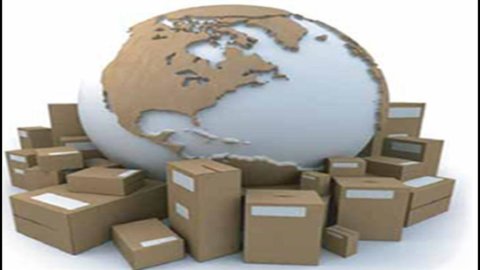After the measures to save Italy, the time has come for those to grow Italy, finally recognized by all (from the governor of the ECB Draghi to the premier Monti). But how and where can Italy grow?
No doubt it proved that the main engine of development is exports: in 2011 our exports increased by 11,4% to €376 billion, exceeding for the first time the pre-crisis export volume of 2008. Sure, not we are at the level of Germany (whose exports in 2011 exceeded €1.060 billion, also in this case with +11% compared to the previous year), but there are two important differences: first, the level of competitiveness of German industry and its sectoral specialization ( in sectors that are still driving forces in the world economy) are undoubtedly higher; according to the German system of public support for exports and the internationalization of companies, it is more articulated and efficient than ours.
Moreover, the lack of attention of the last governments to the vicissitudes of our exports is demonstrated by the fact that, since 2001, international trade has never had a stable government position, and for over 4 years now - except for the brief and ephemeral interlude of Polidori - there hasn't even been a deputy minister with these competences (in truth, not even an undersecretary in the last government, nor have we ever heard Minister Passera discuss the matter). The latest regulatory change on the matter dates back to 2009, to a law that actually introduced only one instrument – subsidized financing for the capitalization of exporting SMEs – which was also “frozen” due to lack of funds since last December. The last meeting on the problems of foreign trade - the States General of last October - in reality, as we got to write then, turned out to be a rather useless parade of the now twilight Berlusconi government. In short, the message seems to be a bit bleak: let's arm ourselves and leave, export, sell around the world, but don't expect to have services or state aid in return.
The problems that the Monti government has faced so far (employment, pensions, taxation, expenditure containment and – very partial – liberalizations) presented absolute priority, at a time when our country had all the eyes of the world focused on it. But the growth strategy must start from a reconsideration of the role of our presence on international markets. It's not the only one of our problems, but it's certainly one of the main ones. I have already said, precisely on the occasion of the States General of international trade, what are, in my opinion, the fundamental points for a process of re-foundation of the our internationalization support system (see the article “Export and States General: our proposals"). Moreover, the overall expenditure of these interventions would be very limited, lower than many revenues that could be obtained, for example, from the reduction of the costs of the policy.
But any analysis in this matter must start from two basic considerations.
The first is that the typical business model that can allow us this leap forward is that of the "fourth capitalism” described by Franco Locatelli in the article "Fortunately there is the Fourth capitalism of medium-sized enterprises which remain the most solid and most dynamic". Given that this is the spearhead of our presence on international markets in all sectors of Made in Italy excellence (the famous "4As" of Food, Furniture, Clothing and Automation), the fundamental need is to favoring the aggregation and supply chain processes of small and medium-sized enterprises, which otherwise risk remaining on the margins of these markets.
The second is that any new regulation or intervention tool must be based not on simple financial aid to businesses, but on the ability to provide them with easier access to bank credit and to cover their credit and financial risks. The recipes are not easy, and the path must be identified together, between the government, institutions, banks and industrial associations.





